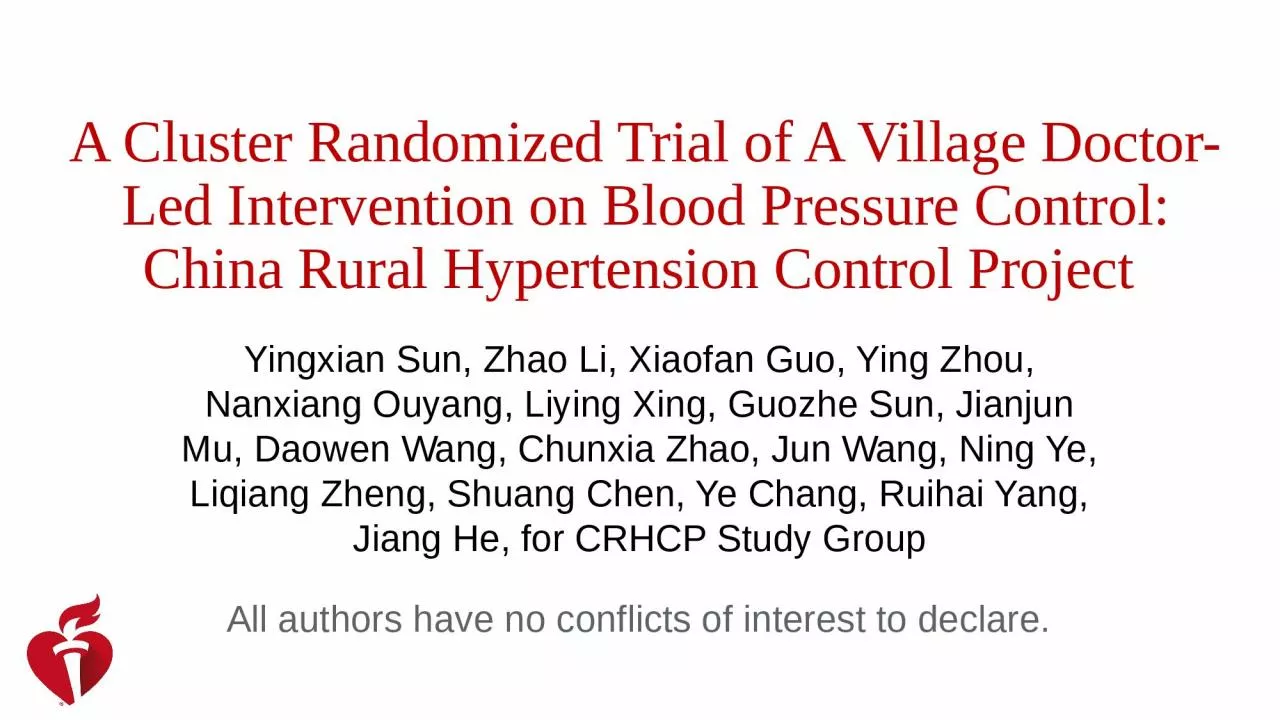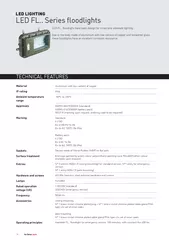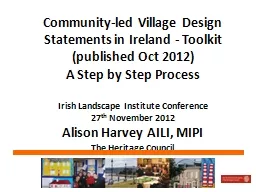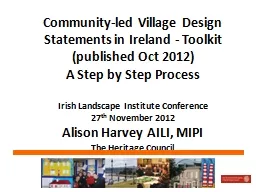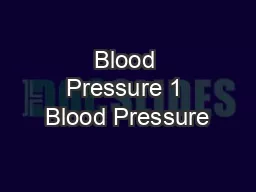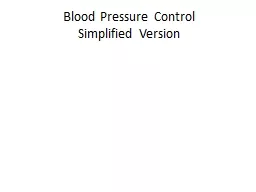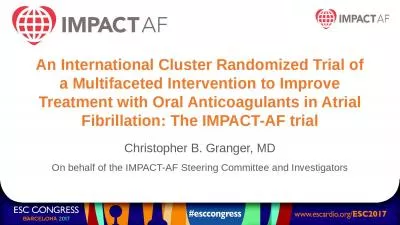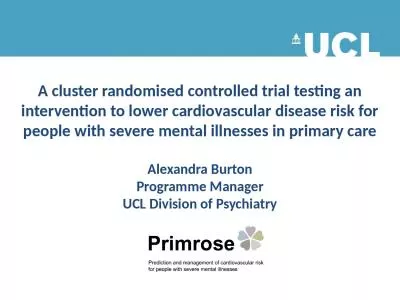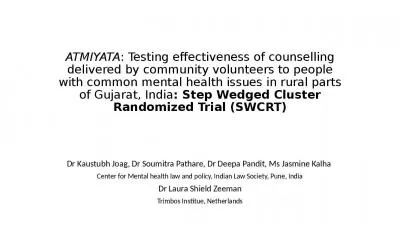PPT-A Cluster Randomized Trial of A Village Doctor-Led Intervention on Blood Pressure Control:
Author : jainy | Published Date : 2024-02-09
Yingxian Sun Zhao Li Xiaofan Guo Ying Zhou Nanxiang Ouyang Liying Xing Guozhe Sun Jianjun Mu Daowen Wang Chunxia Zhao Jun Wang Ning Ye Liqiang Zheng Shuang Chen
Presentation Embed Code
Download Presentation
Download Presentation The PPT/PDF document "A Cluster Randomized Trial of A Village ..." is the property of its rightful owner. Permission is granted to download and print the materials on this website for personal, non-commercial use only, and to display it on your personal computer provided you do not modify the materials and that you retain all copyright notices contained in the materials. By downloading content from our website, you accept the terms of this agreement.
A Cluster Randomized Trial of A Village Doctor-Led Intervention on Blood Pressure Control:: Transcript
Download Rules Of Document
"A Cluster Randomized Trial of A Village Doctor-Led Intervention on Blood Pressure Control:"The content belongs to its owner. You may download and print it for personal use, without modification, and keep all copyright notices. By downloading, you agree to these terms.
Related Documents

